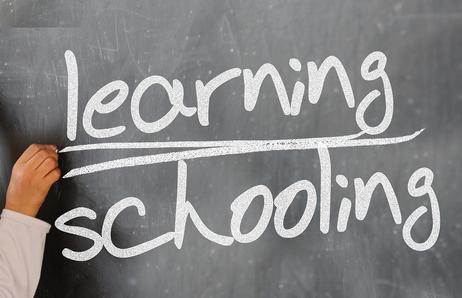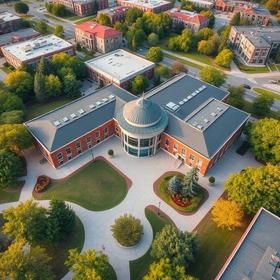Community College vs. Dual Enrollment: What Parents Should Know (2025 Edition)
Introduction
As education pathways evolve, many parents ask: Should my child take classes at a community college or pursue dual enrollment while in high school? Both options can save families money, accelerate college progress, and boost academic confidence. But in 2025, there are important differences—ranging from tuition policies to credit transfer guarantees—that parents need to understand.
This guide compares community college vs. dual enrollment, outlining the pros, cons, and real-world considerations so families can make informed choices.
1. Defining the Two Pathways
Community College
Community colleges are two-year institutions that offer associate degrees, certificates, applied bachelor’s programs, and transfer pathways to four-year universities. Students typically enroll after completing high school, though some begin earlier.
Dual Enrollment
Dual enrollment allows high school students to take college-level courses—usually through partnerships between their high school and a local community college or university. Students earn both high school and college credit simultaneously.
2. Why Parents Are Considering These Options in 2025
Rising college costs make alternative pathways more attractive. According to the U.S. Department of Education, average in-state tuition at public universities now exceeds $11,000 per year, while private universities average more than $41,000. By contrast, community college tuition remains around $5,100 annually, and dual enrollment is often subsidized by states or districts, making it nearly free for many families.
For students in private or boarding schools, these options can complement advanced coursework and broaden academic experiences. Our




























